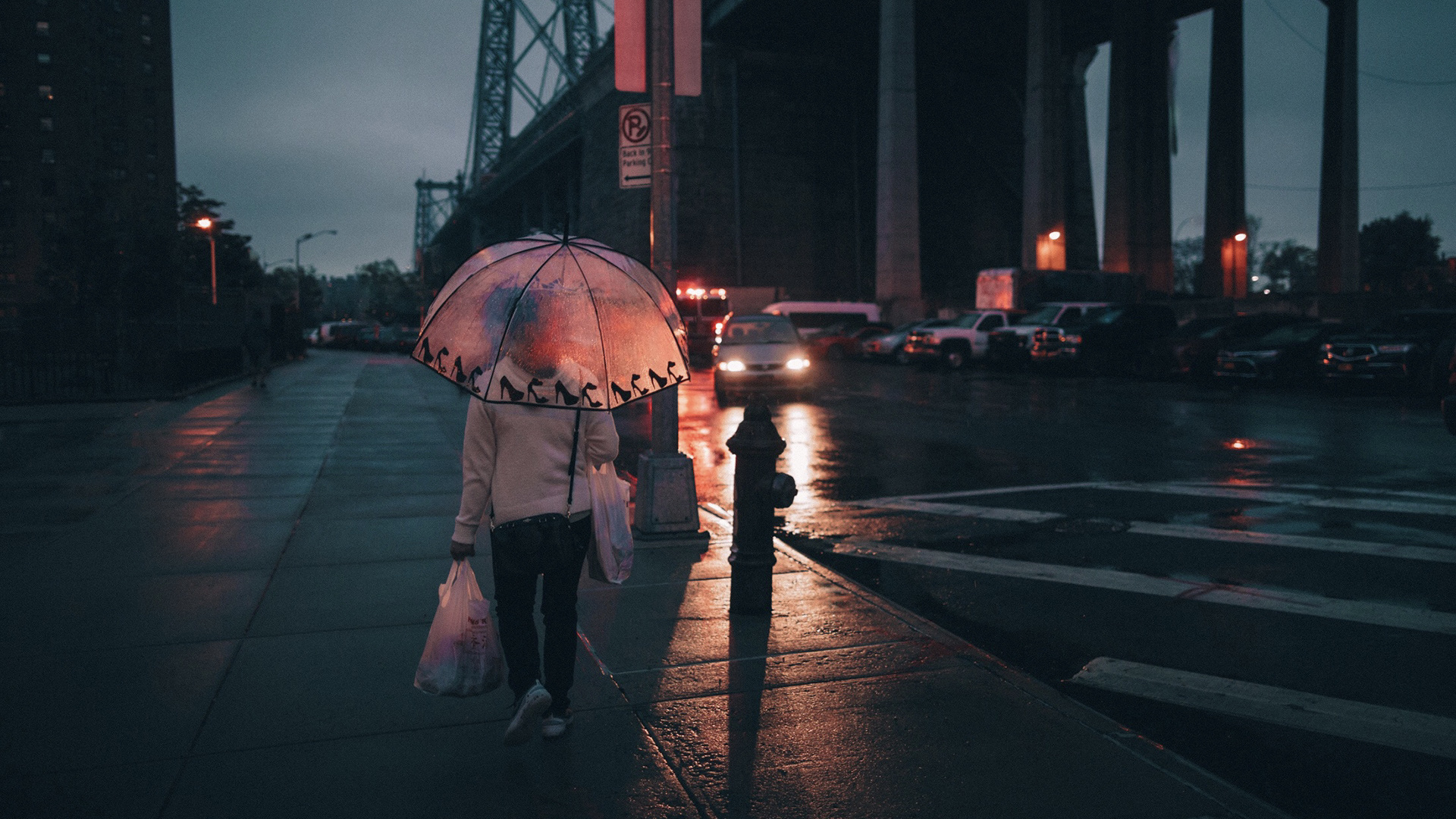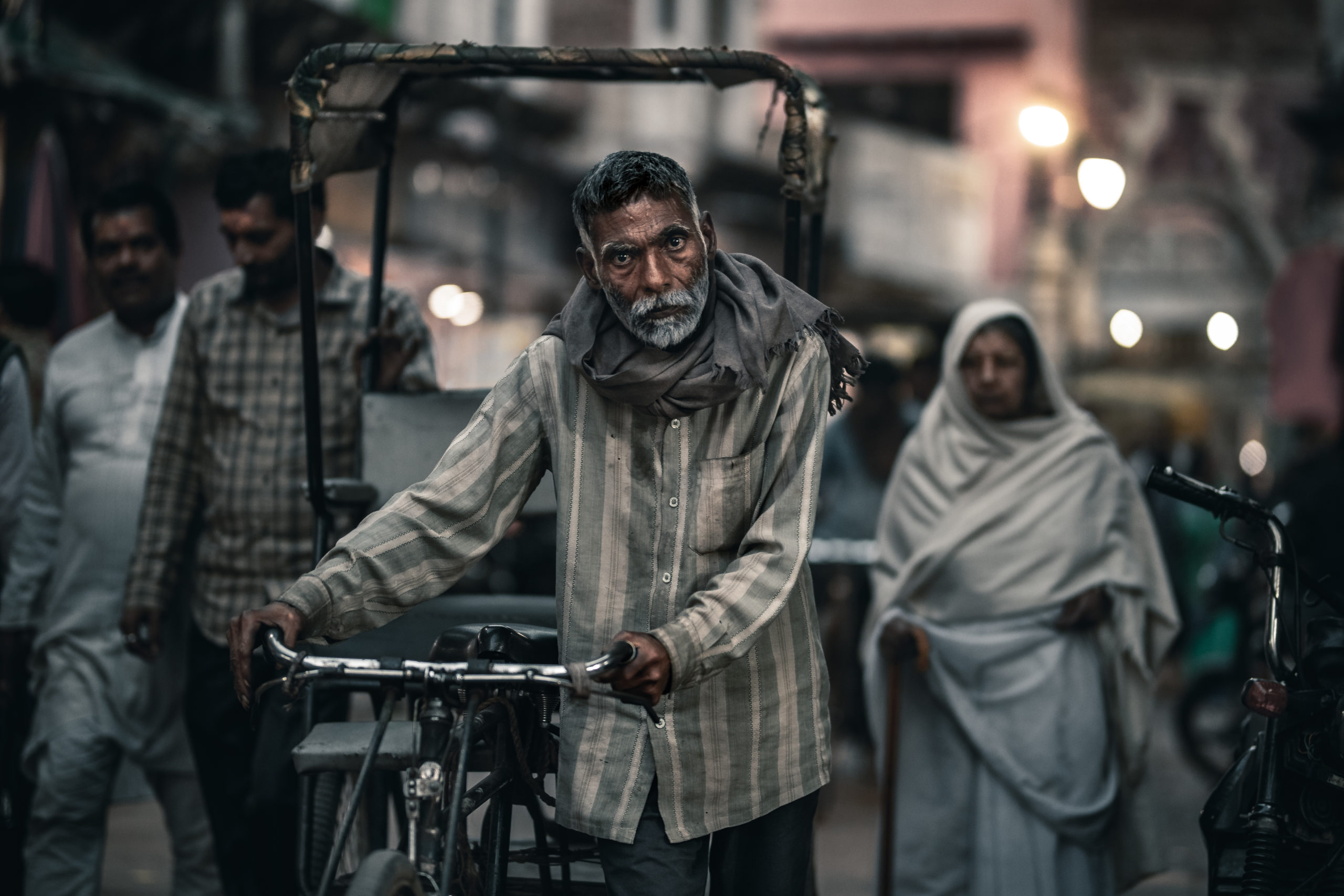The 20-Second Trick For Street Photographers
Table of ContentsThe Basic Principles Of Street Photographers The Basic Principles Of Street Photographers Some Of Street PhotographersNot known Details About Street Photographers The Buzz on Street Photographers
, a style of digital photography that records daily life in a public place. The actual publicness of the setting allows the digital photographer to take candid images of complete strangers, typically without their expertise. Street photographers do not necessarily have a social purpose in mind, however they prefer to separate and catch minutes which might or else go undetected.He was affected by several of those that affected the road photographers of the 1950s and '60s, he was not chiefly interested in capturing the spirit of the street., who functioned side by side with photographers attempting to capture the essence of city life.
In comparison to Atget, professional photographer Charles Marville was worked with by the city of Paris to create an encyclopaedic document of Haussmann's urban preparation job as it unravelled, therefore old and new Paris. While the digital photographers' topic was basically the very same, the outcomes were markedly different, demonstrating the impact of the digital photographer's intent on the character of the images he generated.
8 Simple Techniques For Street Photographers
Offered the fine top quality of his photographs and the breadth of product, engineers and artists often got Atget's prints to use as reference for their very own work, though industrial passions were rarely his main inspiration. Instead, he was driven to picture every last residue of the Paris he loved.

Unlike his peers, Brassa utilized a larger-format Voigtlnder electronic camera with a longer direct exposure time, forcing him to be much more calculated and thoughtful in his method than he could have been if using a Leica.

Everything about Street Photographers
It is due to this basic understanding of the art of picture taking that he is frequently credited with finding the tool throughout once again approximately a century since its innovation. He took pictures for more than a half century and affected generations of digital photographers to trust their eye and instinct in the moment.
These are the concerns I shall try to answer: And afterwards I'll leave you with my own meaning of street photography. Yes, we do. Let's kick off with defining what a meaning is: According to it is: "The act of specifying, or of making something definite, distinct, or clear".
No, certainly not. The term is both restricting and misleading. Seems like a road photography must be photos of a streets best?! And all street digital photographers, with the exception of a handful of absolute novices, will totally value that a road is not the crucial element to road digital photography, and in fact if it's a photo of a street check here with possibly a couple of uninteresting people not doing anything of interest, that's not street digital photography that's a picture of a street.
The smart Trick of Street Photographers That Nobody is Discussing
He makes a legitimate point don't you assume? However, while I agree with him I'm uncertain "candid public photography" will certainly capture on (although I do kind of like the term "candid photography") due to the fact that "street digital photography" has actually been around for a long time, with several masters' names connected to it, so I believe the term is below to stay.
Inside?! I hear you scream as you tremble your fist to the skies. Why not? You can useful content contend the coastline, at a celebration, in a street, in a park, in a piazza, in a coffee shop, at a museum or art gallery, in a metro terminal, at an event, on a bridge, under a bridge ...
Yes, I'm afraid we have no selection! Without rules we can not have an interpretation, and without a meaning we do not have a genre, and without a genre we don't have anything why not try these out to define what we do, and so we are stuck in a "rules interpretation category" loophole! And no-one intends to obtain stuck in a loophole. - Street Photographers
